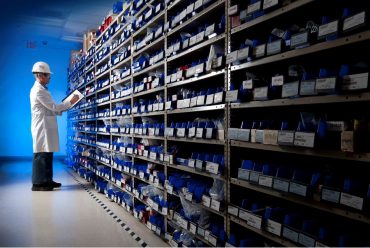
Researchers have developed a deep learning-based model to accurately predicting renewable energy demand and pricing.
Researchers at the Chung-Ang University in South Korea have developed a deep learning-based forecasting model to more efficiently predict the demand and market prices from renewable energy sources which are integrated into the power grid through microgrids.
Microgrid operators have had issues with the unpredictability of renewable energy sources, which may provide more than enough energy one day and far less on another, due to weather conditions. As a result, prices tend to be locked in months in advance, which can lead to high costs or loss of revenue for one side of the deal, depending on how much renewable energy supply is available.
SEE ALSO: Intel Launches Second-Generation Deep Learning Processors
“The proposed data-driven forecasting method employs a long short-term memory model, an artificial neural network with feedback connections. Its hyperparameters are optimized by a genetic algorithm-adaptive weight particle swarm optimization algorithm, while a global attention mechanism identifies important features from input parameter data,” said Professor Mun-Kyeom Kim of the Department of Energy System Engineering at Chung-Ang University. “Both these algorithms can help overcome the limitations of the conventional methods and improve the prediction accuracy and efficiency of the model.”
Integration of analytics and forecasting is embedded into some power grids, but for the most part, the way energy is priced and supplied has stayed the same for decades. This worked with coal and gas, but for renewable energy, the entire market needs to change to avoid certain parties being harmed by unexpected weather conditions.
“[The model] will accelerate the integration of renewable resources in power supply networks while enabling microgrid operators to solve day-ahead energy management issues. This, in turn, will improve the regional electric grid reliability, provide low-cost clean energy to people, and promote local sustainability. Ultimately, it can open doors to zero-emission electricity sources that can make carbon neutrality by 2050 a realistic goal to achieve,” said Kim.
Energy from renewable sources could reach up to 25 percent worldwide by 2030, with the European Union aiming for 40 percent by that time. By 2050, some such as the United Nations project over 80 percent of energy will come from renewable sources, although some other projections state that Africa, India, and the Middle East are unlikely to be at a stage of rejuvenation of their energy supply to be above 50 percent by 2050.




























